7 Features to Make the iPhone 7 Worth Buying
Apple’s Tim Cook says the iPhone 7 will have features that will compel you to upgrade. Here are the ones we want to see.
Apple finds its iPhone in unfamiliar territory. For the first time in the device's nearly decade-long existence, year-over-year iPhone sales fell. Despite this decline, the iPhone still accounts for more than two-thirds of Apple's revenue. So for Apple to get its mojo back, it will need a new iPhone that convinces both existing users and potential customers that they must have the new model.
That's not going to be a problem, Apple CEO Tim Cook insists.
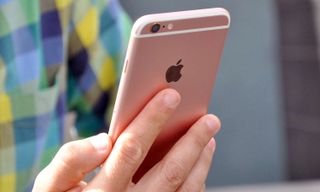
"We've got great innovation in the pipeline," Cook told CNBC's Jim Cramer during an interview on Mad Money. "We're going to give you things that you can't live without that you just don't know that you need today," he said.
So what could those things be?
MORE: Find the Best Phone for Your Passion
Rumors about the next iPhone paint a less-than-enthralling picture of this fall's phone update, with more exciting features like a new all-glass enclosure and OLED screens reportedly on tap for the 2017 model. But there are plenty of features Apple could enhance, or add in, upcoming iPhones that would make for a compelling upgrade.
Make the iPhone More Durable
For many of us, smartphones are the most important piece of technology we own, holding our contacts, photos, music and whatever else we care to pack into those slender devices. And, as anyone who's ever bobbled a phone can tell you, there's very little standing between all that important data you're holding in your hand and the unforgiving concrete 4 to 5 feet below.
Sign up to get the BEST of Tom's Guide direct to your inbox.
Get instant access to breaking news, the hottest reviews, great deals and helpful tips.
Yes, I can buy an iPhone case to shield my phone from life's bumps and bruises, but I wish Apple built a little more protection into its phones out of the box. It looked like Apple might do just that a couple of years ago when the company seemed to be investing in more durable sapphire displays to replace traditional glass screens, but those efforts went belly up.
Apple doesn't have to reinvent the wheel here — just make a phone that can survive a tumble or an unexpected swim. Samsung's Galaxy S7 and S7 Edge can survive up to 30 minutes in 5 feet of water, and even a sub-$200 phone like Alcatel's Go Play can take both a dunk in water and a drop on the floor. So adding that kind of durability to a future iPhone isn't cost-prohibitive.
Find a Better Way to Charge the Phone
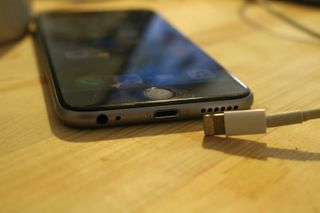
I've had an iPhone 5c for a little more than two years now, and while its screen remains intact after many a tumble, its Lightning charging port has taken so much of a beating that cables only deliver juice to my phone after I perform an elaborate routine of jiggling everything into place. And every time I go through all that rigmarole, I ask myself: "Why am I even having to use a cable at all?"
Other smartphone makers have apparently wondered the same thing, as phones from Samsung and Sony both offer wireless charging. (Older phones from LG and Google did, too, though the feature is missing from the LG G5 and the Nexus 6P and 5X.) Of course, to make the feature work, you'll need a charging mat, which eliminates some of the convenience.
Apple is reportedly working on bringing wireless charging to its phones, though it's unclear whether that will happen this year or farther down the road. More encouragingly, rumors point to Apple teaming up with Energeous, a company that's developing wireless charging technology that works from across the room. My poor, beaten-up 5c is a lost cause, but I'd happily upgrade to a phone that would let me forever ditch that charging cable.
Enhance the Camera
The cameras built into the current iPhones are pretty impressive, particularly the optical-image stabilization feature found in the iPhone 6s Plus. But the Galaxy S7 cameras are better, giving Apple plenty of incentive to find ways to leapfrog Samsung when it comes time to roll out a new iPhone.
MORE: How to Master the iPhone 6s Camera
This isn't just a matter of boosting a camera's megapixels. Increasing both the size of the pixels and the camera's aperture can improve the look of images shot in low light — an area where the Galaxy S7 fares much better than the current iPhones. Apple should also look for a way to improve the speed with which its cameras focus on objects. The Galaxy S7 enjoys fast auto-focus, thanks to its dual-pixel sensor, and Sony's Xperia X promises enhancements aimed at keeping moving objects in focus when that phone arrives this summer.
But Apple could move the needle in other ways with its camera by adding optical zoom. Like the cameras on most phones, the current iPhones use digital zoom, which just magnifies the image on your screen while degrading the quality of the final picture. Optical zoom lets you truly increase the amount of detail in your photos without sacrificing quality. Asus' ZenFone Zoom stands out with an impressive optical zoom capability, but Apple could potentially trump that, particularly if it adopts a dual-camera setup that's rumored for the iPhone 7.
Move Touch ID to the Screen
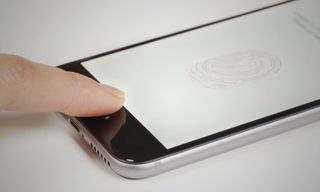
Right now, the fingerprint-reading Touch ID sensor lives under the iPhone's home button. That's a decent enough place for the sensor, except that it takes up real estate on the phone and it complicates waterproofing the device. Moving the sensor under the display — and tapping into Touch ID to help you navigate around the phone — would give Apple more design flexibility with the iPhone.
It's not like that's an impossible task. LG recently showed off a fingerprint scanner that you can put under glass (though not under the display itself). Qualcomm, meanwhile, has a Sense ID fingerprint sensor that uses ultrasonic technology and isn't affected by moisture like other fingerprint sensors. There's a lot of innovation that can be done in this area, and Apple should take up the challenge.
Let Siri Work Offline
Apple has made some strides with improving its Siri digital voice assistant, giving it a better understanding of context and letting it field more questions that won't end with a frustrating "Here's what I found online" response. But Siri's bag of tricks is only open for business when your phone is connected to the internet. (Go ahead and put your iPhone into Airplane Mode to find out what Siri's capable of when cut off from a remote server.)
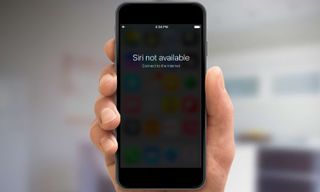
It seems like Apple could make Siri a more useful companion by adding some offline functionality to your phone's assistant — letting Siri control music playback, for example, or create appointments and reminders that could be stored locally on your phone. Adding the ability to dictate text without going to the cloud is also long overdue. This offline functionality will require some processing oomph — something Apple would be perfectly capable of, since a new iPhone generally means a new processor out of Cupertino, California.
MORE: 10 Siri Tips and Tricks Every iPhone User Should Know
Making Siri offline-friendly would also require more storage space on the phone, but would it really be that much of a tragedy if Apple dropped the 16GB iPhone for a higher-capacity base model? (Spoiler alert: It would not be.)
Make the iPhone a Better Multitasker
iPad users got some badly needed multitasking features with last year's iOS 9 release, including a very helpful split-screen view. For iPhone users, though, multitasking still means pressing the home button and scrolling between various open apps. It seems like there should be a better way to do two things at once on your phone, particularly on the plus-size iPhone's larger screen.
That will require changes to iOS, but Apple typically rolls out a new mobile operating system at the same time as it releases flagship phones. We'll get an early look at what Apple has planned for the next version of iOS at the company's Worldwide Developer Conference in June.
Make Apps Easier to Find

Much of the success Apple enjoyed with the iPhone over the years can be chalked up to its App Store, which is filled with third-party software that lets you do more with your phone. Even as Google has closed the app gap with its own Google Play store, apps remain a central part of the iPhone experience, with many top apps hitting iOS first and developers adding special features, such as the ability to take advantage of 3D Touch support on newer iPhone models.
But the App Store is getting overwhelming. Finding new apps among the 1.5 million-plus lining the App Store's virtual shelves is a chore, and even app makers are grumbling about feeling lost in the crowd. Apple could restore a lot of the luster to the iPhone simply by making it easier to find top apps. It could give curated apps a more prominent place in the store, banish long-dormant apps to the remainder bin, or offer more powerful search tools that can pinpoint specific types of apps.
With services accounting for a growing portion of Apple's revenue — the segment brought in $6 billion last quarter, up 20 percent from the previous year — Apple has plenty of incentive to make its App Store easier to browse.
Philip Michaels is a Managing Editor at Tom's Guide. He's been covering personal technology since 1999 and was in the building when Steve Jobs showed off the iPhone for the first time. He's been evaluating smartphones since that first iPhone debuted in 2007, and he's been following phone carriers and smartphone plans since 2015. He has strong opinions about Apple, the Oakland Athletics, old movies and proper butchery techniques. Follow him at @PhilipMichaels.
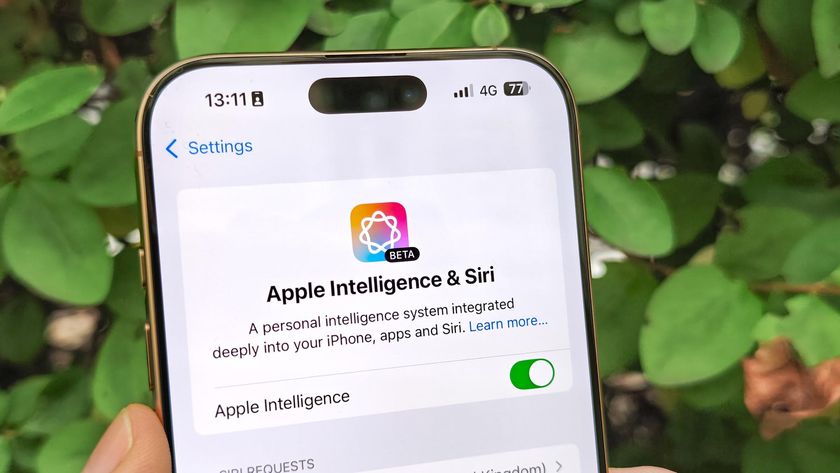
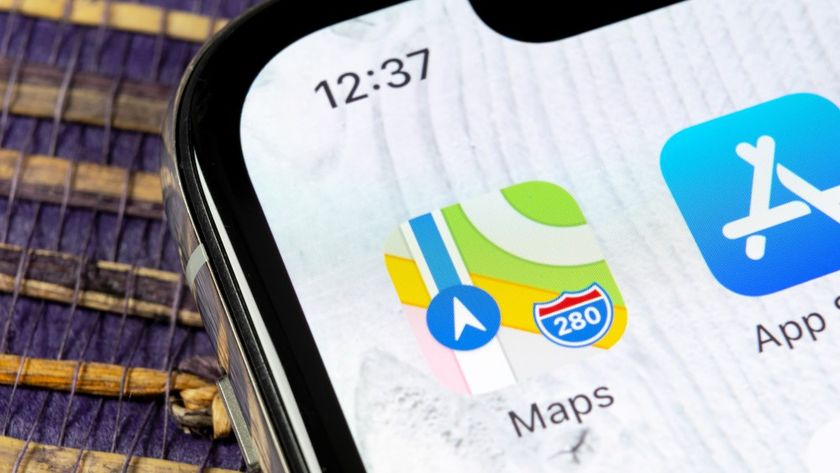
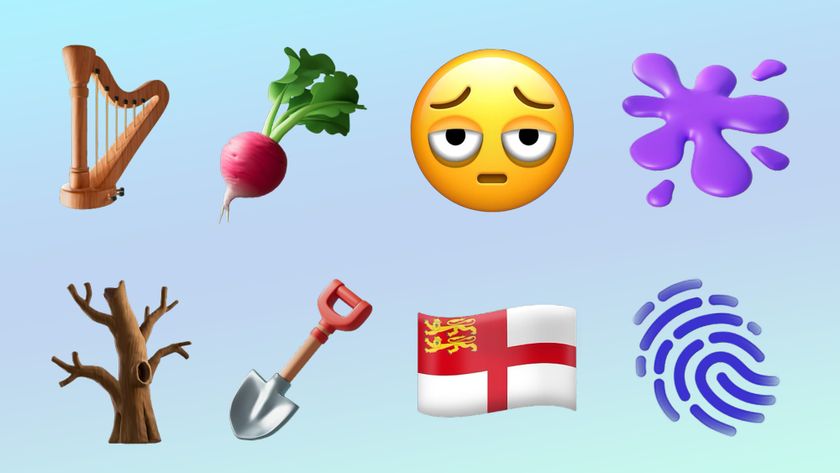
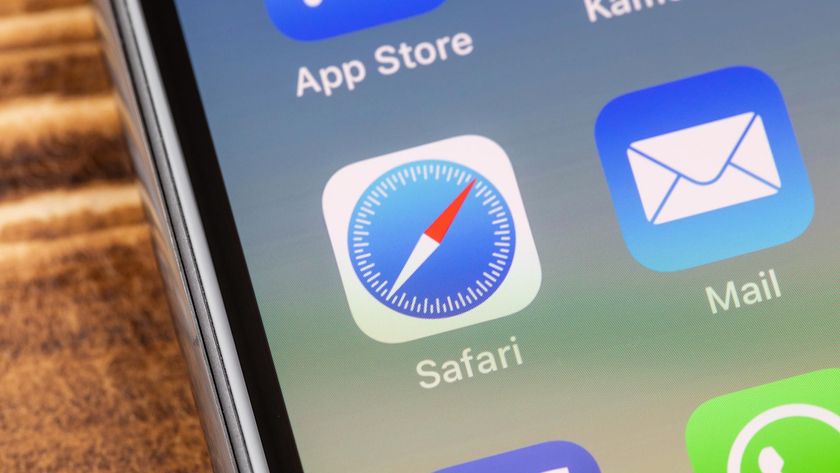
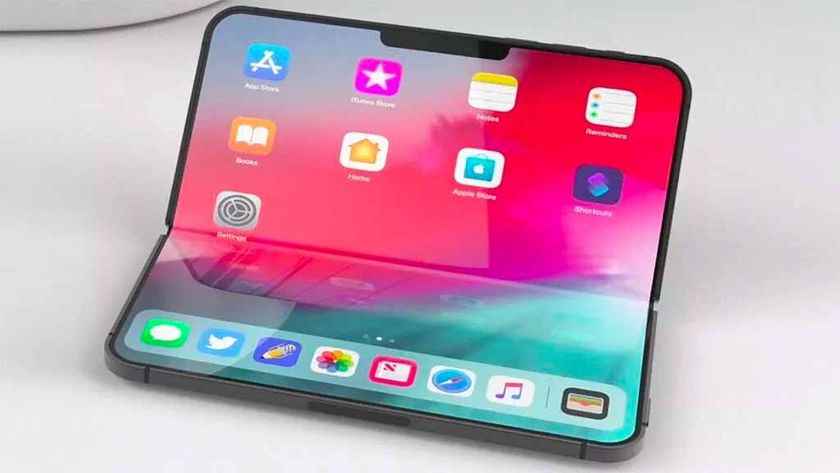
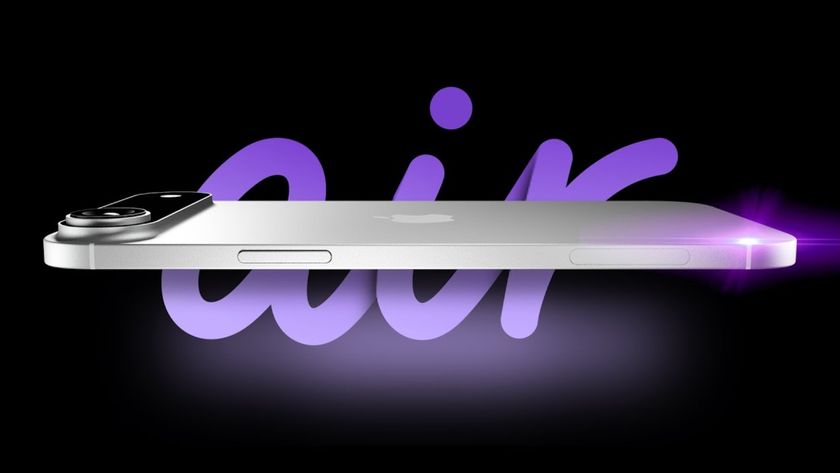

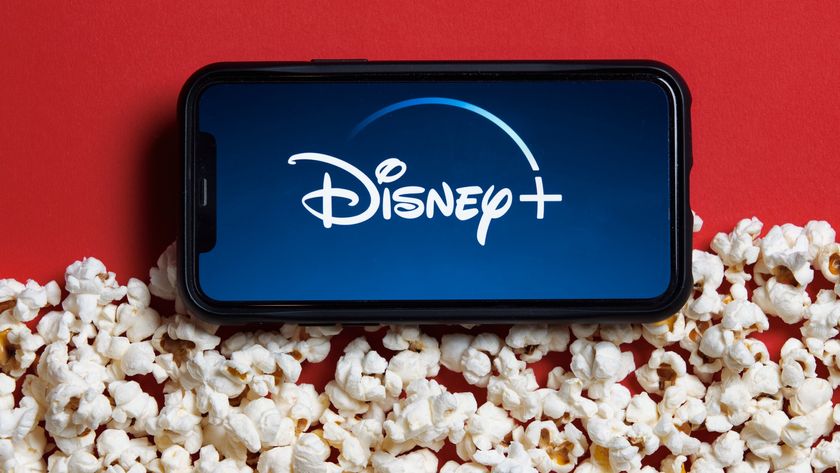



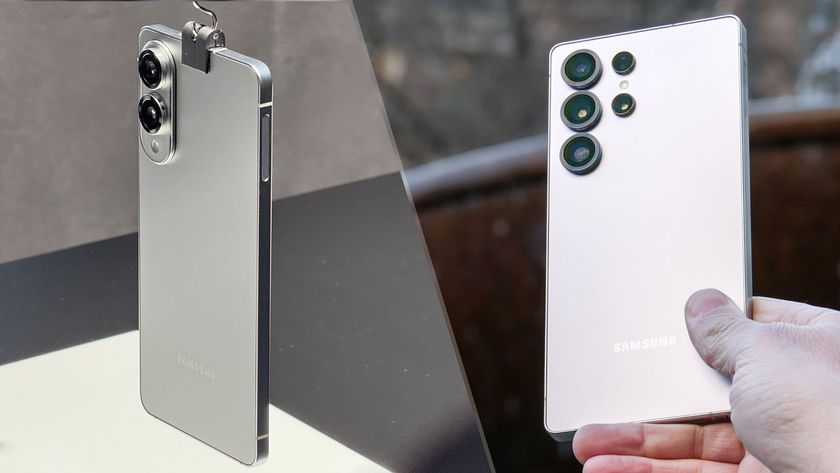
-
Christopher1 With all due respect, the reason that charging cables are still mandatory is because wireless charging can only give a very very very small amount of power compared to a cable.Reply
Secondly, if you are having to 'jiggle' the cable for your phone, it is damaged. Take it and get it fixed! -
ONT1000 Simply you are asking Apple to copy from Android features just to catch Samsung again. No new creativity?Reply
I believe iPhone users they lost the advantages that they used to be as iPhone owners.





